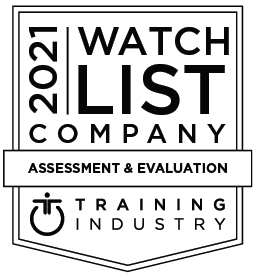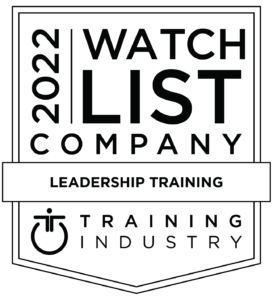FYI: People in communities across the globe are adjusting to communicating while wearing masks.
As we’re all experiencing, masks present both verbal and non-verbal communication challenges.
Given this, we’ve prepared 5 tips for effective communications while wearing a mask, and compiled several insightful articles from leading publications on additional best practices.
-
Eyes:
Eye contact is a crucial part of effective communication and connecting with people. When wearing a mask, it is even more critical. It’s best to assume that if you don’t have eye contact with the person with whom you are speaking, that person isn’t hearing anything you are saying. Even as a Communications Coach, I’ve experienced this challenge at the grocery store with my husband.
Here are some additional best practices for communicating when you can’t see someone’s face in this Psychology Today article, 4 Ways to Communicate When You Can’t See Someone’s Face. -
Voice:
A mask does make it harder for others to hear what you are saying. While wearing a mask, we recommend focusing on enunciating your words as clearly as possible and increasing the volume of your voice.
We also encourage the use of pauses. Pausing helps to eliminate the use of clutter words that don’t add value, and pausing while speaking helps to punctuate your words. Further, the pause gives your listener time to process what you have said before you share more information with them. Other suggestions for using your senses for communicating can be found in this recent BBC article, How Face Masks Affect Our Communication. -
Gesture:
In addition to ensuring eye contact and enunciating your words, use of gestures will help you to convey meaning and emotion when communicating while wearing a mask. Not only do gestures visually assist the person who is listening, but they also help with your own voice inflection and tone.
As we know, it is not only what you say but how you say it. For additional insights on using gestures, we recommend this HBR article, When You Pitch an Idea, Gestures Matter More than Words. -
Smile:
Even if other people can’t see a physical smile because of a mask, they can hear it in your voice. Studies indicate when you smile, it can “be seen” in the eyes, as detailed in this Scientific American Article, An Unseen Smile Can Still Be Heard.
-
Listen:
The good news is that masks don’t cover our ears. Better listening can help overcome the limitations of communicating when mouths can’t be seen. Listening is more important when wearing a mask, which makes the science of Listening Styles all the more relevant.
Another worthy read on best practices for communication while wearing a mask is this recent HBR article, How to Build Rapport… While Wearing a Mask.
Until this time of mask wearing is behind us, we hope these communication tips and articles will come in handy.










